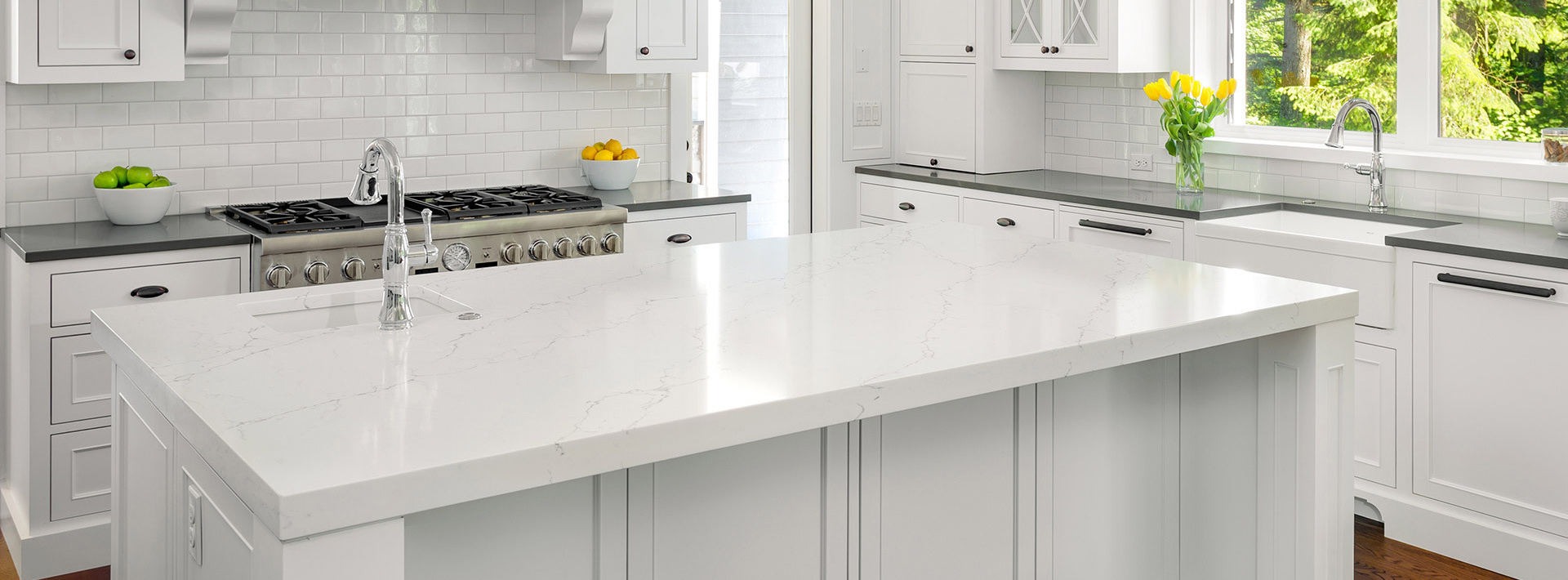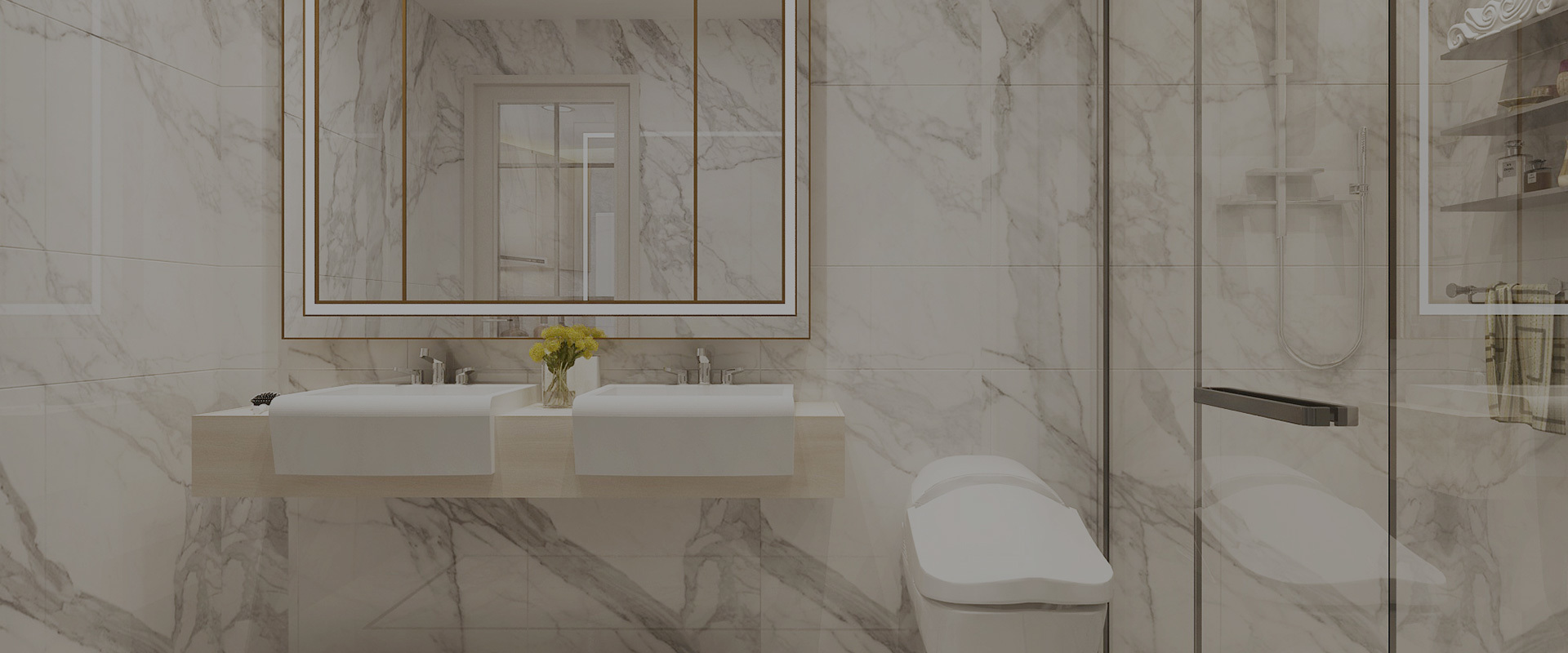The Rise of Artificial Marble Stone A Modern Alternative with Endless Applications
2021-09-15
Artificial marble stone, also known as cultured or synthetic marble, is a man-made composite that replicates the appearance and texture of natural marble. However, it distinguishes itself through several key advantages that make it a top choice for architects, designers, and builders alike.

One of the primary advantages of artificial marble stone is its cost-effectiveness. Natural marble is notoriously expensive due to the high cost of extraction, transportation, and processing. In contrast, artificial marble is more affordable because it is produced in controlled factory conditions, reducing these costs significantly.
Moreover, artificial marble stone is more durable than its natural counterpart. It is engineered to resist wear and tear, stains, and acid etching, making it ideal for high-traffic areas such as kitchens, bathrooms, and public spaces. Its non-porous surface also means it requires less maintenance and cleaning, saving time and effort in the long run.
Environmental concerns are another driving force behind the rise of artificial marble stone. Natural marble extraction can be damaging to the environment, involving large-scale mining and energy-intensive processes. On the other hand, artificial marble production involves fewer natural resources and generates less waste, contributing to a more sustainable approach to construction and design.
In addition to its practical benefits, artificial marble stone offers a wide array of aesthetic options. It can be produced in various colors, patterns, and finishes, allowing designers to customize the look to suit any project's requirements. This flexibility makes it a popular choice for both residential and commercial applications, from sleek modern designs to classic and traditional styles.
The use of artificial marble stone is not limited to just countertops and flooring. It is increasingly being used for wall cladding, shower enclosures, furniture, and even outdoor applications such as facades and paving. Its heat-resistant properties also make it suitable for use in kitchens where hot pots and pans are common.
As the demand for sustainable and affordable building materials continues to grow, artificial marble stone is poised to become a staple in the construction industry. Its ability to mimic the beauty of natural marble while offering enhanced durability, cost-effectiveness, and environmental benefits is set to revolutionize the way we think about luxury surfacing materials.
In conclusion, the rise of artificial marble stone represents a significant shift towards more practical, economical, and eco-friendly solutions in the world of construction and design. With its myriad of advantages and versatile applications, it is no wonder that this modern alternative is making waves in the market and redefining what it means to have the elegance of marble without the associated drawbacks.












